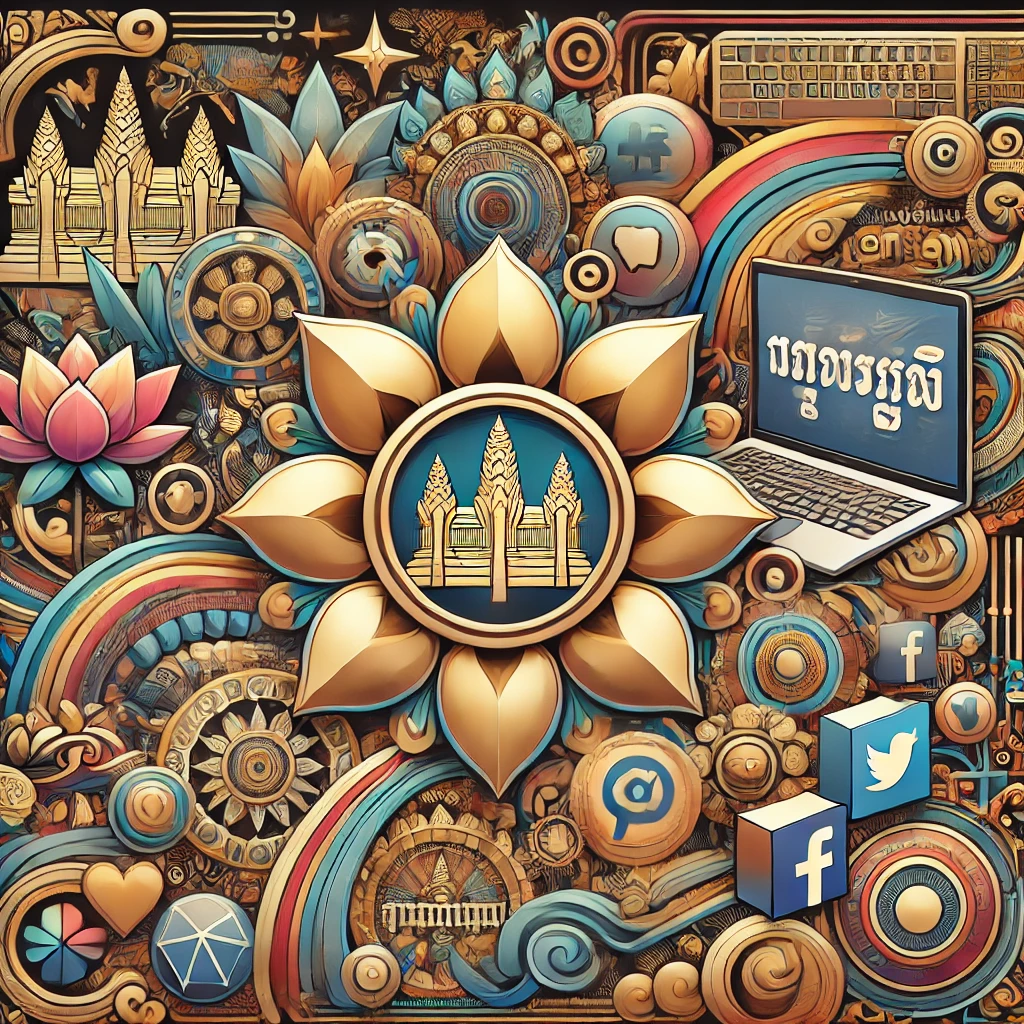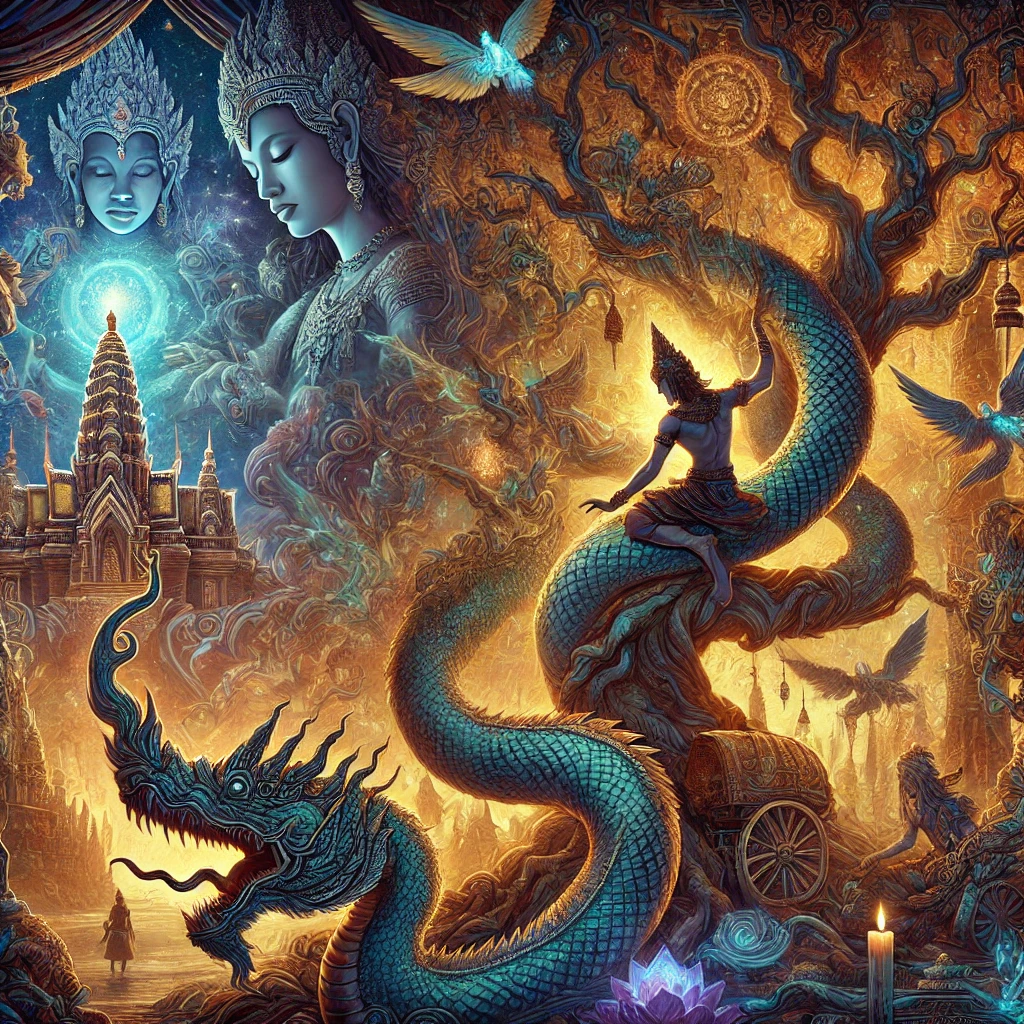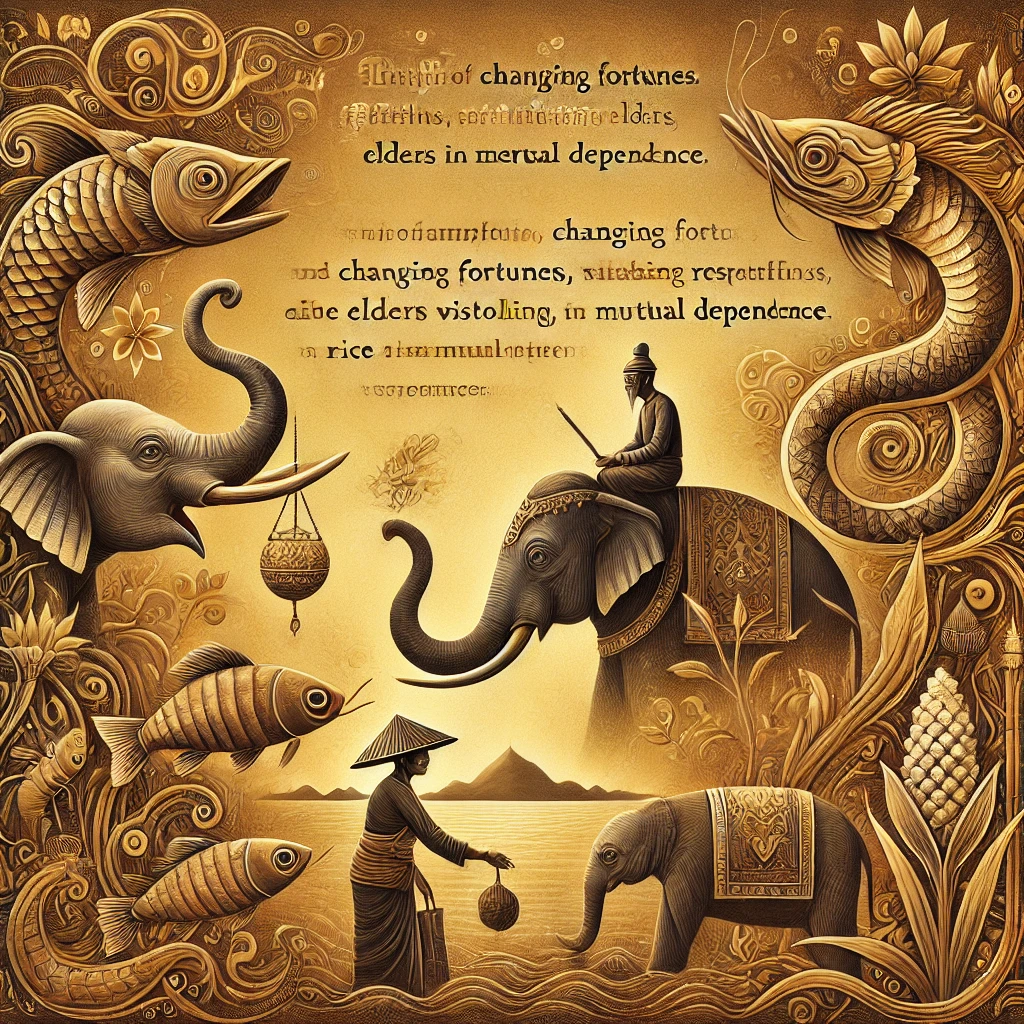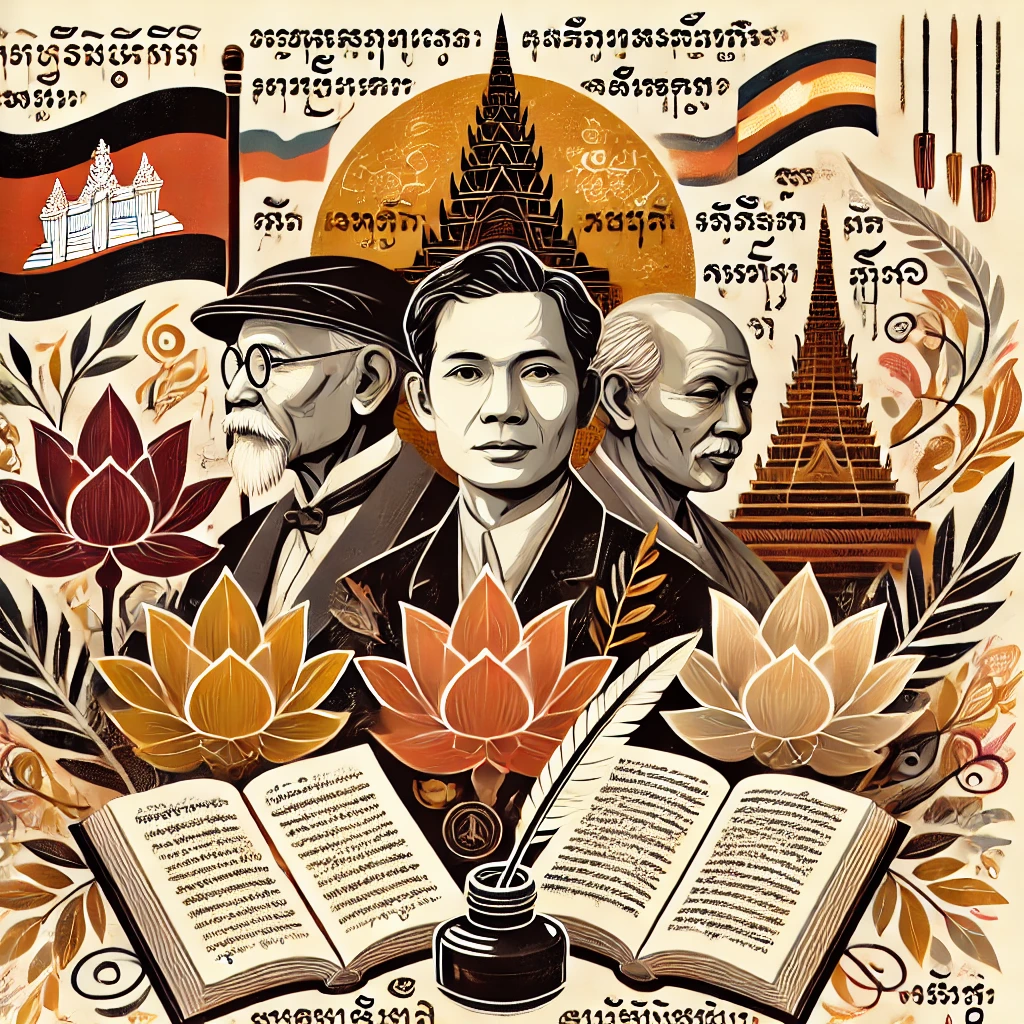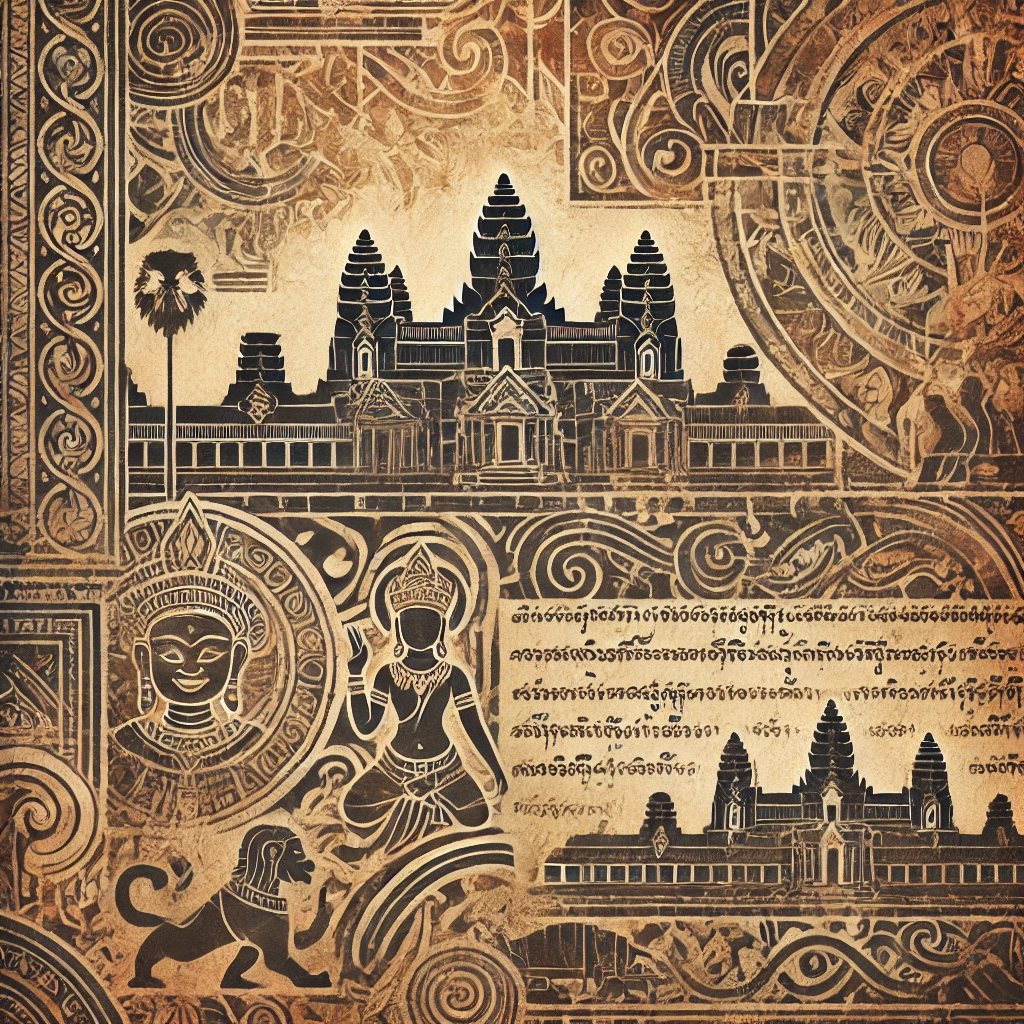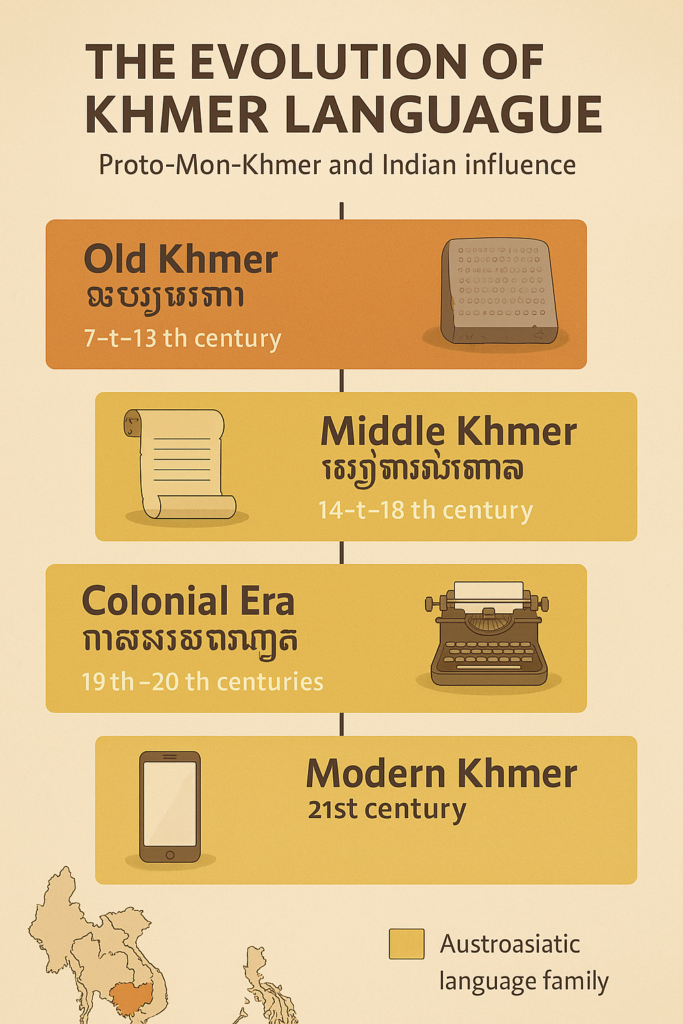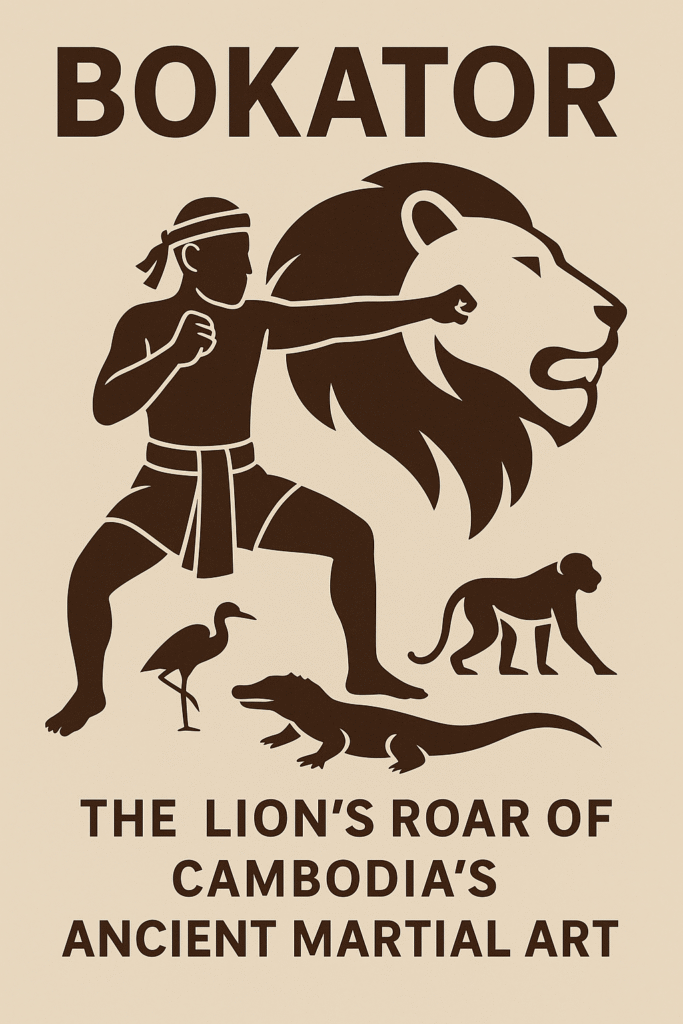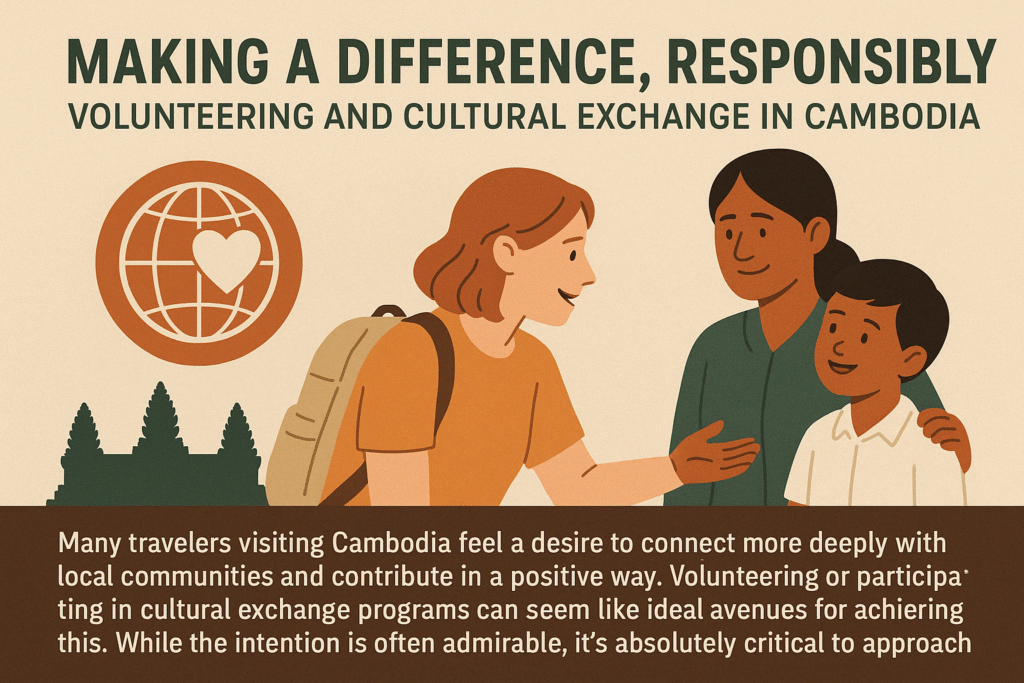April 5, 2025
The Enduring Script: Challenges and Future of the Khmer Language
The Khmer language (ភាសាខ្មែរ – Pheasa Khmae), the official tongue of Cambodia and the heart of its national identity, boasts a rich history reflected in its unique script derived from ancient Indian Brahmi systems. Like many languages in the 21st century, it navigates a complex landscape of challenges brought by globalization and technological shifts. Yet, Khmer also demonstrates significant resilience and adaptation, particularly in the digital realm, signaling a dynamic, albeit uncertain, future. Challenge: Written Khmer and Younger Generations Concerns exist regarding the proficiency and usage patterns of written Khmer among some segments of the younger generation. Factors contributing
